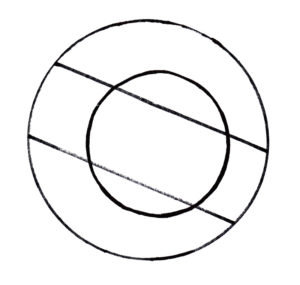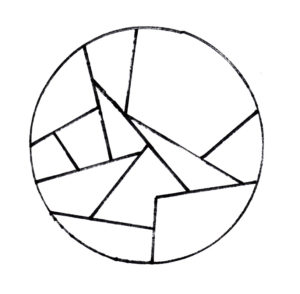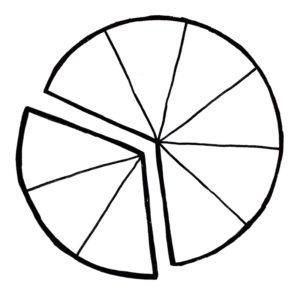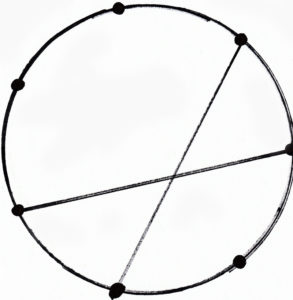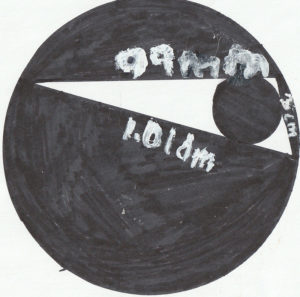This bonus science challenge pays tribute to our old Captivating Circles series. It involves physics. You may ask, ‘will there be a Fascinating Frequencies bonus math challenge?’ Yes, 27 weeks after the last problem. Why 27? It’s about 6 months.
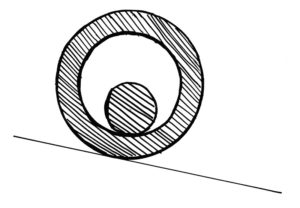
In this bonus challenge, we have a cylinder. It has a smaller cylinder cut out of it. Inside this hole is an even smaller cylinder. The ratio of radii of the big cylinder to that of the hole to that of the small cylinder is 3:2:1, and the smallest one is 0.1 metres. Both the cylinders have equal density. The kinetic friction between the big cylinder and the ground is a kilogram per second. This unit seems weird because we haven’t multiplied by the velocity. That between the small and big cylinders is 5 kg/s. The ground is inclined by 10 degrees in the direction the cylinder is facing. It will begin to roll, and reach a stable speed eventually. The challenge is to figure out how fast.

